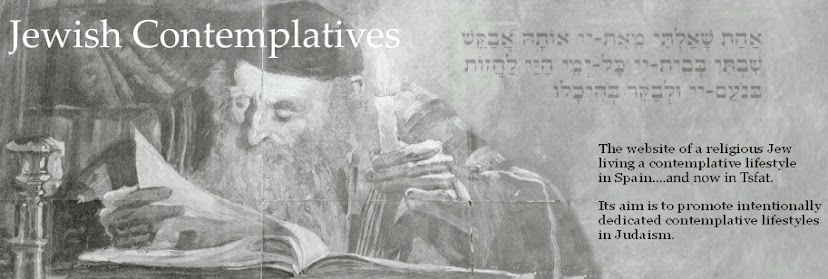Parshas Ki Sissa contains the revelation of G-d's Compassion to Moses in the Cleft in the Rock (Exodus Ch.33:21 to Ch.34:9), and it also reminds us that Shabbos is a sign of eternal remembrance. (Exodus 31:13).
The two are forever linked in my mind because Shabbos is like a special shelter amidst the six days of the work-week, and it is also a special time of encounter between G-d and our souls.
As the most elevated symbol of our Covenant with G-d, the Sabbath is a “sign” which involves complementary action on both sides: G-d gives it to all Israel as a sort of “Tent of Meeting” which is spread over us as a Shelter of Peace; and we engage with Him in a special “Shabbos” mode of being in which our contact with the Divine is intensified or “doubled”.
As a covenantal “deal”—it involves a priceless gift from on high and a dedicated commitment of observance from below, and together these produce a form of Divine revelation which is (stunningly) available to us every single week.
“The closer we get to God the more we realise how little we understand what or who “He” is. The closer we try to get, the deeper our awe. Describing even a “back” view is futile. In our attempts to “connect” with God in contemplative prayer we experience a need to withdraw to a protective enclosure….a “cleft in the rock” away from the bustle of work or crowds, a metaphysical “cave” in which to focus our attention, or a large prayer-shawl under which we can feel God’s protective embrace.”
Shabbos is a “protective enclosure” and a place where we may “feel G-d’s embrace” too.
Each Shabbos, we are given the opportunity to revisit the Cleft of Moses/the Cave of Elijah afresh.
In Parshas Ki Sissa (Exodus 33:23) Moses saw the “back” of HaShem’s Glory. On Shabbos, though our own perceptions are blunt, we are all thoroughly immersed in its protective Cloud of Glory. To us, it may be a cloud of “unknowing” but Shabbos is nonetheless a time of true and intense encounter.
Shabbos
displays the boundless compassion of G-d in that we are permitted to
experience it each week. It recurs each week in the manner of a point on
a spiral: we encounter the same moment-out-of-time, but our experience of it is an ever evolving ascent through its holiness.
Though each Shabbos is (in some sense) identical, each Shabbos is also experienced as new. This is because Shabbos exists in the eternal present. The Eternal Present is also one of G-d’s names. In the light of this, we can be sure that on Shabbos, we may not see the Face of G-d—but we are certain to be in the core of His Embrace.
Norman R Davies
Havdalah
March 2 2013

